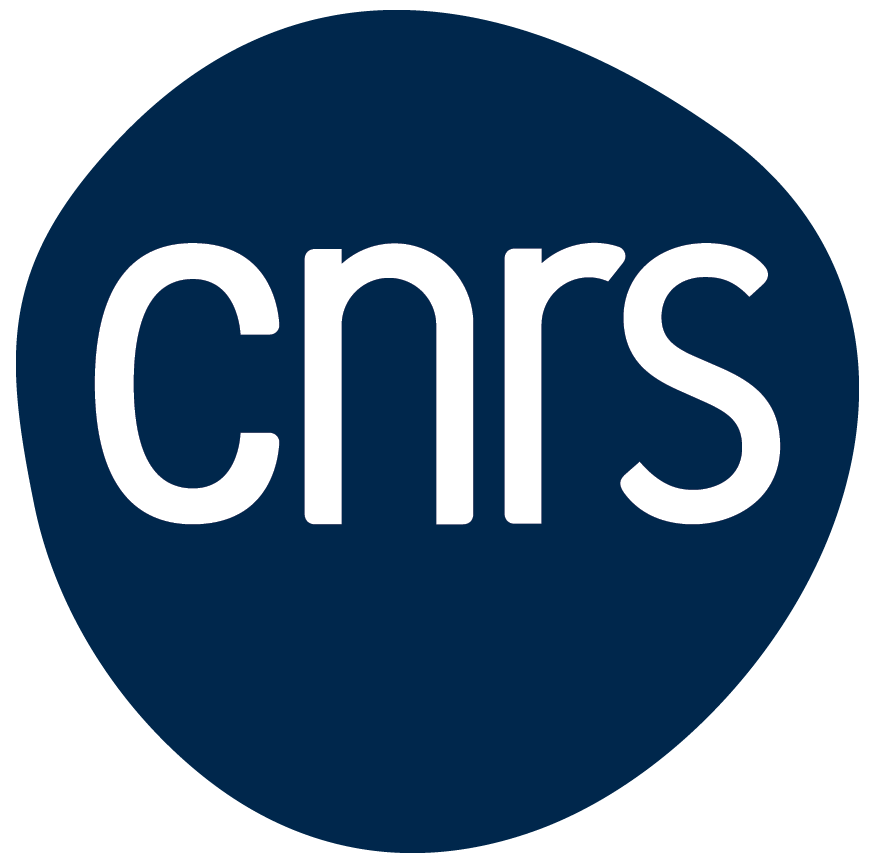Neolithic obsidian mirrors from Southwest Asia: A reflection on their diffusion and manufacture
Résumé
In Anatolia obsidian has been used since the 8 th millennium for the production of non-utilitarian artefacts such as ornaments and mirrors. Mirrors are circular objects, slightly convex, with a highly reflective surface. They are rare, as 56 obsidian mirrors were found in the Near East, spread accross six sites in Central Anatolia: Tepecik Çiftlik, Çatalhöyük-East, Sırçalıtepe, Güvercinkayası, Domuztepe and Akarçay Tepe occupied between the 8th and the beginning of the 5 th millennium. Additionally, one mirror has been found in the Levant at Tel Kabri. Mirrors are found in various contexts, including graves, middens, in the infill of buildings after their abandonment, in caches, or on the surface. To investigate the production and diffusion of these artefacts, an interdisciplinary approach combining typology, technology and use-wear analysis was applied to mirrors and preforms found at Tepecik Çiftlik. This study represents a preliminary step in the analysis, contributing to the identification of a potential mirror manufacturing site and the restitution of the complete chaîne opératoire.
Domaines
Archéologie et Préhistoire| Origine | Publication financée par une institution |
|---|---|
| licence |


